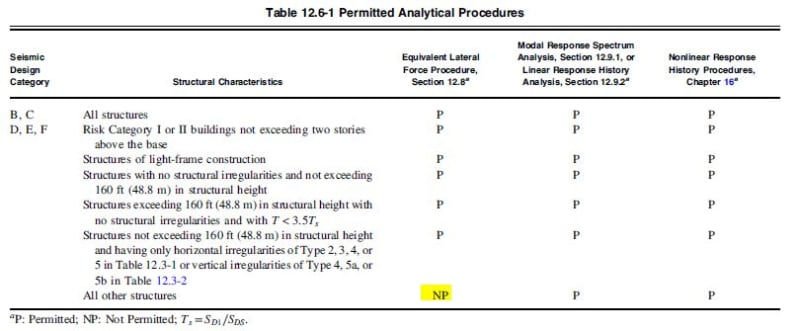Hi
Is it enough to check drift limit, stability index only by RSA or we need to check those for Equivalent lateral force too, when both method permitted in table 12.6-1 for analyzing the building?
what about when only RSA method permitted for analyzing the building (ELF not permiited) do we need only check those by RSA is it acceptable according to ASCE 7?
Is it enough to check drift limit, stability index only by RSA or we need to check those for Equivalent lateral force too, when both method permitted in table 12.6-1 for analyzing the building?
what about when only RSA method permitted for analyzing the building (ELF not permiited) do we need only check those by RSA is it acceptable according to ASCE 7?

